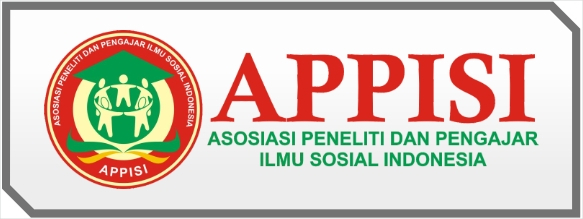Enhancing English Language Learning Through Dynamic Assignment Strategies: A Comparative Study
DOI:
https://doi.org/10.55606/ijel.v3i1.101Keywords:
dynamic assignments, language proficiency, student engagement, motivation, English language learningAbstract
This study investigates the efficacy of dynamic assignment strategies in enhancing English language proficiency, engagement, and motivation among learners compared to traditional assignment methods. Through a mixed-methods approach, involving quantitative analyses of language proficiency scores and engagement levels, as well as qualitative insights from student perspectives and teacher observations, the research highlights the significant advantages of integrating dynamic assignments in English language learning. Results indicate that students participating in the dynamic assignment group showed statistically significant improvements in overall language proficiency, particularly in speaking and writing skills (p < 0.05). Additionally, these students reported higher levels of cognitive, emotional, and behavioral engagement (p < 0.05), which were positively correlated with their language proficiency improvements (r = 0.62, p < 0.01). This suggests that the more engaged students are in their learning process, the better their language learning outcomes. From the qualitative data, students expressed a greater motivation and interest in learning English, attributing this to the real-world relevance and applicability of the dynamic assignments. Teachers corroborated these findings, noting enhanced active participation, collaboration, and improvements in students’ communication skills and confidence. However, both students and teachers identified challenges, including increased preparation time and the need for clearer guidelines to maximize the benefits of dynamic assignments. The study concludes that dynamic assignment strategies significantly contribute to improving language proficiency and engagement among English language learners. It suggests that addressing the identified challenges could further optimize the effectiveness of these strategies. This research advocates for a shift towards more interactive, relevant, and engaging teaching methodologies in language education to better prepare learners for real-world communication.
References
Cooper, H. (1989). Homework. White Plains, NY: Longman.
Creswell, J.W. (2014). Research Design: Qualitative, Quantitative, and Mixed Methods Approaches. SAGE Publications.
Fredricks, J.A., Blumenfeld, P.C., & Paris, A.H. (2004). School engagement: Potential of the concept, state of the evidence. Review of Educational Research, 74(1), 59-109.
Kukulska-Hulme, A., & Shield, L. (2008). An overview of mobile assisted language learning: From content delivery to supported collaboration and interaction. ReCALL, 20(3), 271-289.
Marzano, R.J. (1992). A different kind of classroom: Teaching with dimensions of learning. Alexandria, VA: Association for Supervision and Curriculum Development.
Nunan, D. (2004). Task-based language teaching. Cambridge University Press.
Richards, J.C., & Rodgers, T.S. (2001). Approaches and Methods in Language Teaching. Cambridge University Press.
Warschauer, M., & Healey, D. (1998). Computers and language learning: An overview. Language Teaching, 31(2), 57-71.
Willis, J. (1996). A framework for task-based learning. Longman.
Downloads
Published
How to Cite
Issue
Section
License
Copyright (c) 2024 International Journal of Education and Literature

This work is licensed under a Creative Commons Attribution-ShareAlike 4.0 International License.
















